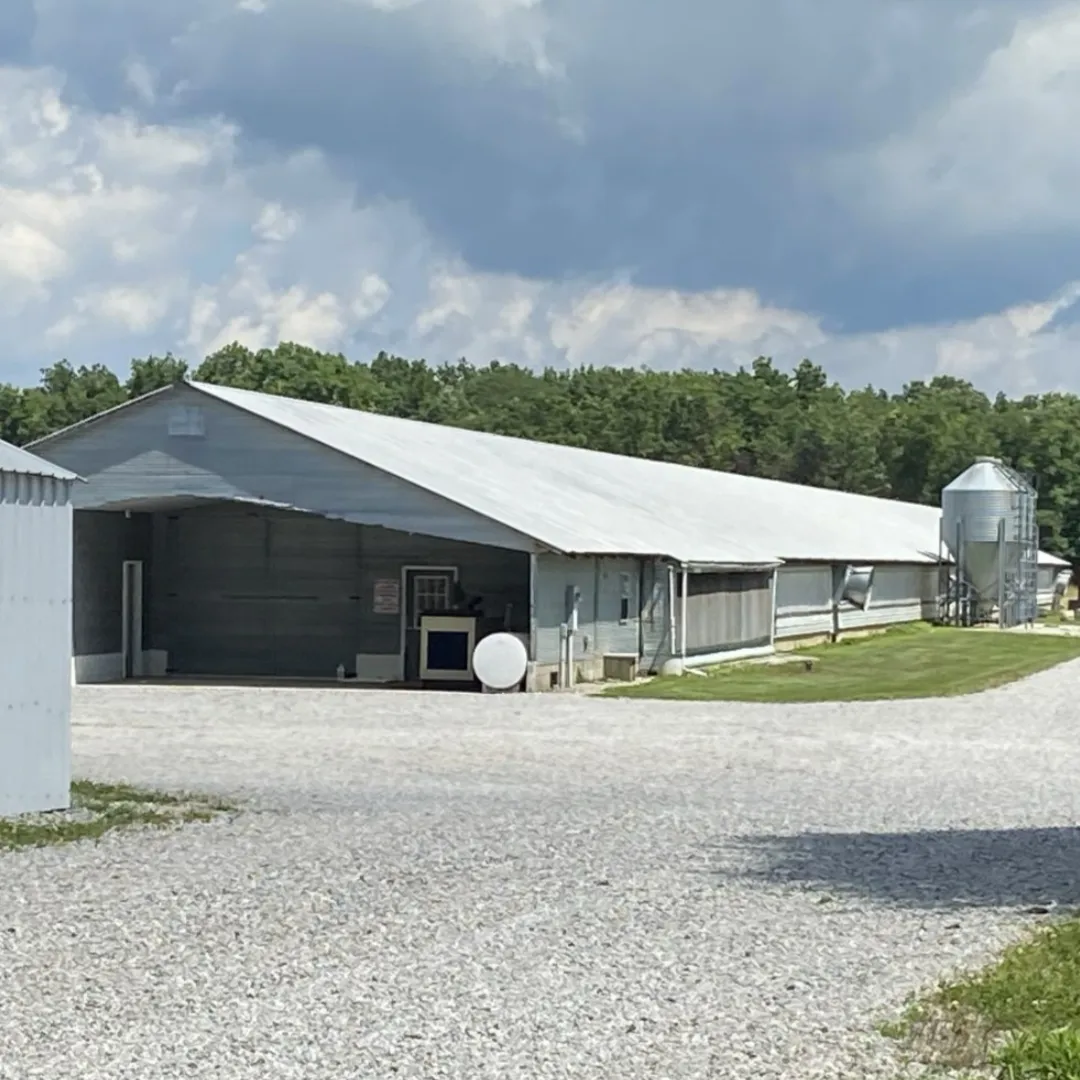- Afrikaans
- Albanian
- Amharic
- Arabic
- Armenian
- Azerbaijani
- Basque
- Belarusian
- Bengali
- Bosnian
- Bulgarian
- Catalan
- Cebuano
- Corsican
- Croatian
- Czech
- Danish
- Dutch
- English
- Esperanto
- Estonian
- Finnish
- French
- Frisian
- Galician
- Georgian
- German
- Greek
- Gujarati
- Haitian Creole
- hausa
- hawaiian
- Hebrew
- Hindi
- Miao
- Hungarian
- Icelandic
- igbo
- Indonesian
- irish
- Italian
- Japanese
- Javanese
- Kannada
- kazakh
- Khmer
- Rwandese
- Korean
- Kurdish
- Kyrgyz
- Lao
- Latin
- Latvian
- Lithuanian
- Luxembourgish
- Macedonian
- Malgashi
- Malay
- Malayalam
- Maltese
- Maori
- Marathi
- Mongolian
- Myanmar
- Nepali
- Norwegian
- Norwegian
- Occitan
- Pashto
- Persian
- Polish
- Portuguese
- Punjabi
- Romanian
- Russian
- Samoan
- Scottish Gaelic
- Serbian
- Sesotho
- Shona
- Sindhi
- Sinhala
- Slovak
- Slovenian
- Somali
- Spanish
- Sundanese
- Swahili
- Swedish
- Tagalog
- Tajik
- Tamil
- Tatar
- Telugu
- Thai
- Turkish
- Turkmen
- Ukrainian
- Urdu
- Uighur
- Uzbek
- Vietnamese
- Welsh
- Bantu
- Yiddish
- Yoruba
- Zulu
Dec . 03, 2024 15:52 Back to list
Engineered Buildings The Future of Construction
In today’s rapidly evolving architectural landscape, engineered buildings signify a paradigm shift in how we conceptualize and construct our living and working spaces. Unlike traditional buildings, which often rely on conventional design methods and materials, engineered buildings utilize advanced technologies, innovative materials, and smart engineering practices. This article explores the key aspects that define engineered buildings and highlights their vast potential for the future of construction.
At the core of engineered buildings is the principle of optimization. Engineers and architects use sophisticated software to create detailed models of buildings before construction begins. Building Information Modeling (BIM) is a prime example, as it integrates various data to allow architects, engineers, and contractors to visualize the final product in a three-dimensional space. This level of planning reduces errors, minimizes waste, and streamlines the construction process, ultimately leading to more sustainable practices.
One of the hallmark features of engineered buildings is their use of advanced materials. With the advent of new technologies, materials are becoming lighter, stronger, and more versatile. Composite materials, for instance, combine several components to create products that outperform traditional materials in terms of durability and tensile strength. Additionally, materials like cross-laminated timber (CLT) offer sustainable building options that reduce carbon footprints, making engineered buildings more eco-friendly. These innovations enable designers to push the boundaries of creativity while ensuring the structural integrity of the buildings.
Sustainability is a vital consideration in the design and construction of engineered buildings. Green building practices have gained significant traction due to the urgent need to address climate change and reduce energy consumption. Engineered buildings are often designed with energy efficiency in mind, incorporating solar panels, green roofs, and advanced HVAC systems that significantly cut energy use. Furthermore, smart building technology allows for the monitoring and management of energy consumption in real-time, making it easier for occupants to minimize their environmental impact.
engineered buildings

Another critical advantage of engineered buildings is their adaptability. As society evolves, so do the needs of its buildings. Engineered structures can be designed with flexibility in mind, allowing for easy modifications or expansions. This is particularly important in urban environments, where space is limited, and multipurpose facilities are increasingly desirable. With engineered buildings, it is possible to design spaces that can be reconfigured according to changing demands, whether for housing, office space, or community facilities.
Safety is also enhanced in engineered buildings through the use of advanced engineering techniques. For example, in earthquake-prone areas, seismic design principles can be integrated to ensure that structures can withstand significant seismic activity. Similarly, fire-resistant materials can be incorporated to enhance the safety of buildings, protecting both occupants and property. The analytical methods used in engineered building designs allow for a thorough assessment of potential risks, leading to safer outcomes in the built environment.
Moreover, the future of engineered buildings looks promising with the incorporation of artificial intelligence (AI) and machine learning. These technologies are increasingly being utilized in predictive maintenance, resource management, and even in the design phase, where algorithms can optimize building layouts based on data analysis. The integration of AI and big data has the potential to revolutionize not only how buildings are designed but also how they are managed throughout their lifecycle.
As we move into the future, the significance of engineered buildings will only continue to grow. Their innovative approaches to design, sustainability, and adaptability make them a crucial component in redefining our urban landscapes. From residential houses to large commercial complexes, engineered buildings are setting a new standard for what construction can achieve, addressing the complex challenges of modern civilization.
In conclusion, engineered buildings represent a landmark evolution in the construction industry. By leveraging technology and advanced materials, they promise not only to meet the practical needs of society but also to contribute positively to environmental goals. Embracing these innovations will be vital as we strive for a more sustainable, adaptable, and resilient future in building construction. With continued investment in research and development in this field, the potential for engineered buildings to shape our lives is immense and exciting.
-
How Do Prefabricated Steel Structures Transform Modern Construction?
NewsJul.14,2025
-
How Do Prefabricated Metal Buildings Redefine Modern Construction?
NewsJul.14,2025
-
How Do Prefab Insulated Metal Buildings and Steel Structures Revolutionize Modern Construction?
NewsJul.14,2025
-
How Do Pre - Engineered Steel Structures Redefine Modern Construction?
NewsJul.14,2025
-
Advancing Modular Construction with Prefabricated Metal Structures
NewsJul.14,2025
-
Advancing Industrial Infrastructure with Prefabricated Steel Solutions
NewsJul.14,2025
Products categories
Our Latest News
We have a professional design team and an excellent production and construction team.












